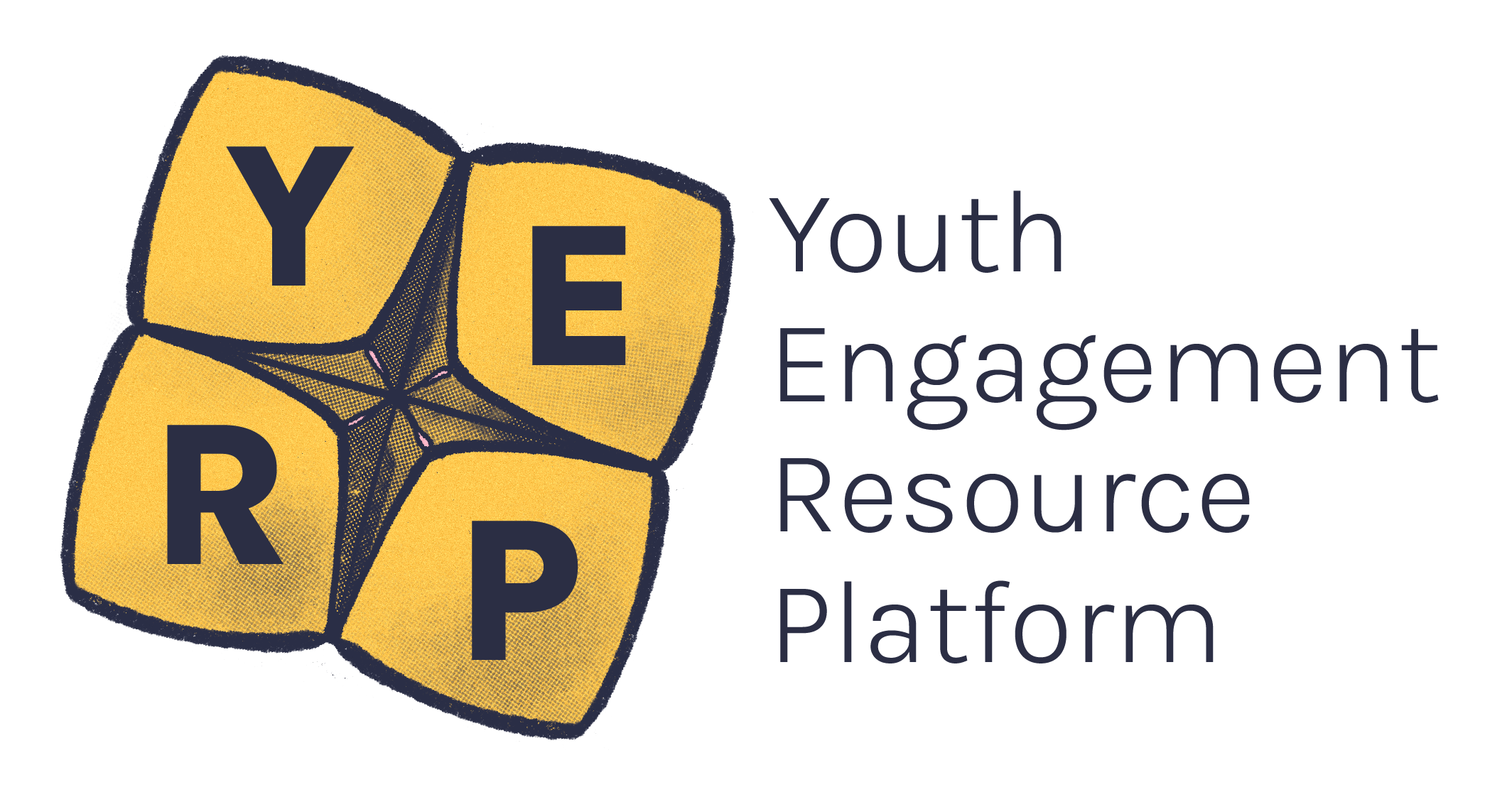The YDAS COVID-19 Working Group have asked us to write a guide to help disabled young people write in a way that is easy to understand.
This guide will give you some information and advice to make sure that your writing can be understood by as many people as possible.
It will tell you about writing in Plain English.
What is Plain English?
Plain English is information written in a clear and direct way. People should not need to read it more than once to understand what is being said.
The Australian Government has a Plain English guide with some more information.

Why is it important to use Plain English?
Writing in a way that is easy to understand is useful for everyone. Here are some of the benefits of writing in Plain English:
- People will be able to read your information more quickly than if you used complicated language.
- People will be more likely to read until the end of your information. If information is too complicated, they might get bored or give up.
- Some people might not speak English as their first language. Plain English will be easier for them to understand.
How do I write in Plain English?
Some of the decisions you make with your writing will depend on why you are writing. For example, do you want to share information? Or do you want to make a fun social media post?
If you are writing a social media post, it is okay to use contractions such as “it's” instead of "it is." This is because "it's" sounds more casual.
There are several things to remember when you are trying to write in Plain English:
- Use dot pointed lists, like this one, to break up lists or big chunks of writing.
- Keep sentences as short as you can.
- Try to avoid contractions, like won’t or can’t.
- Use at least size 12 font.
- If you have to use jargon or a word that is not easy to understand, include a definition in the next sentence. A definition is an explanation of what something means.
- Use subheadings so that readers know what is coming next.
- Double space your sentences so that they are easier to see.

A few other accessibility tips
Break up big paragraphs or chunks of writing with pictures.
If you are using hashtags on social media, make sure that you capitalise the first letter of every word in the hashtag, like this: #DisabilityPride.
This is so that software that reads text out loud will be able to recognise each word.
More information
Easy English is different to Plain English. It is much simpler and uses pictures to explain ideas. Easy English can be used to support people with intellectual disability to understand different topics.
Scope is an Australian organisation. They have a guide for how to write in Easy English.
If you want to host an accessible event, you can look at our accessible event checklist below.




